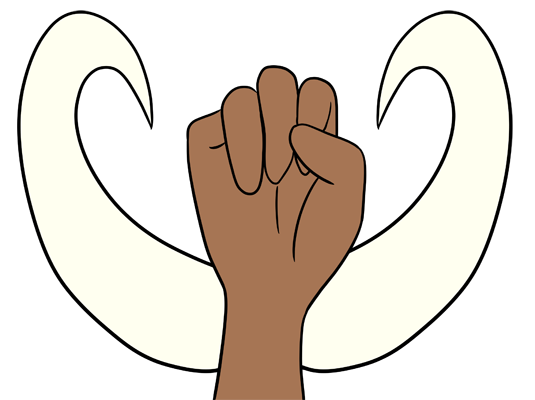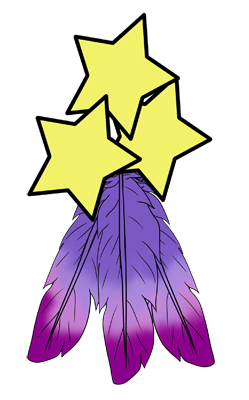Priests of Ciheim
Structure
Pimary Deities
Achiel the Refiner god
Gielyr the Cabinetmaker god
Kasdail the Joyful goddess
Ambriel the Runaway goddess
Amsiel the Fearless god
Amar the Fate god
Honiel the Light goddess
Niyaha god of Vintners
Manem the Butcher goddess
Baltha the Archer god
Secondary Deities
Jopha god of Cooking
Pyrar goddess of Tanning
Sacha goddess of Loss
Asdel goddess of Morality
Penael god of Baking
Katib goddess of Trapping
Achiel the Refiner god
Gielyr the Cabinetmaker god
Kasdail the Joyful goddess
Ambriel the Runaway goddess
Amsiel the Fearless god
Amar the Fate god
Honiel the Light goddess
Niyaha god of Vintners
Manem the Butcher goddess
Baltha the Archer god
Secondary Deities
Jopha god of Cooking
Pyrar goddess of Tanning
Sacha goddess of Loss
Asdel goddess of Morality
Penael god of Baking
Katib goddess of Trapping
Mythology & Lore
Life after death is dull and gray except for heroes, although minor sects say the afterlife is incomprehensible to the living. The afterlife can be reached by living Ferali.
Tenets of Faith
In general, the religion is focused on honoring ancestors, physical health, and to a lesser degree, honoring parents.
On a personal level, people focus on upholding the family, saving the world, and sometimes avoiding killing.
On a personal level, people focus on upholding the family, saving the world, and sometimes avoiding killing.
Ethics
Good people are expected to be gentle and humane.
Evil is defined as recklessness, cowardness, and avarice.
Taboo subjects are physical contact, certain clothing, and more rarely sex.
The spirit world includes guardian spirits, benevolent ghosts, and sometimes folk magic. The average person avoids any spirits, but never is cautious about them.
The highest art forms are psalms, metalworking, and more rarely singing.
Outsiders are usually banished, and sometimes considered misguided.
Evil is defined as recklessness, cowardness, and avarice.
Taboo subjects are physical contact, certain clothing, and more rarely sex.
The spirit world includes guardian spirits, benevolent ghosts, and sometimes folk magic. The average person avoids any spirits, but never is cautious about them.
The highest art forms are psalms, metalworking, and more rarely singing.
Outsiders are usually banished, and sometimes considered misguided.
Worship
The divine will sometimes hear a child's petition.
The divine will often speak through teachers.
The divine will never speak on auspicious/holy days.
Rituals
Rituals are occasionally structured, public, and take place anywhere well-lit.
Participants must not be working-class.
Preparation involves reciting certain words, speech taboos, and bathing.
Rituals include reciting certain phrases, scarification, and sometimes ritual items.
The ritual calendar is set according to a solar cycle. Rituals begin at anytime and always last to the next sunset.
There are 50 holy days in a calendar year. 25 holy days focus on deities/spirits. 17 holy days celebrate new priests.
Celebrations usually include limited fasting and puppet shows, and more rarely exchanging small tokens.
The divine will often speak through teachers.
The divine will never speak on auspicious/holy days.
Rituals
Rituals are occasionally structured, public, and take place anywhere well-lit.
Participants must not be working-class.
Preparation involves reciting certain words, speech taboos, and bathing.
Rituals include reciting certain phrases, scarification, and sometimes ritual items.
The ritual calendar is set according to a solar cycle. Rituals begin at anytime and always last to the next sunset.
There are 50 holy days in a calendar year. 25 holy days focus on deities/spirits. 17 holy days celebrate new priests.
Celebrations usually include limited fasting and puppet shows, and more rarely exchanging small tokens.
Priesthood
The most important symbol consists of horns and a fist. Lesser symbols are the stars and an animal part.
The most common liturgical colors are fuchsia and magenta. The highest religious ranks wear tan, and goldenrod is reserved for holy days.
Structure
The religious hierarchy is linear, strong, and religious roles are specialized. Primary functions are to lead ceremonies/rituals, provide spiritual protection, and sometimes speak to the divine. Clergy
Clergy are men who are royal and not of Z ancestry. To join a religious order requires being appointed by military leaders, and sometimes elected by the people. Lifestyle
The average clergical lifestyle is self-supporting, although some live in a community-supported manner. Clergy are expected to be mostly celibate, and display their status with visible tattoos, and often stylized clothing.
The most common liturgical colors are fuchsia and magenta. The highest religious ranks wear tan, and goldenrod is reserved for holy days.
Structure
The religious hierarchy is linear, strong, and religious roles are specialized. Primary functions are to lead ceremonies/rituals, provide spiritual protection, and sometimes speak to the divine. Clergy
Clergy are men who are royal and not of Z ancestry. To join a religious order requires being appointed by military leaders, and sometimes elected by the people. Lifestyle
The average clergical lifestyle is self-supporting, although some live in a community-supported manner. Clergy are expected to be mostly celibate, and display their status with visible tattoos, and often stylized clothing.

Type
Religious, Temple
Permeated Organizations
Divines
Location
Controlled Territories
Related Ethnicities
Related Myths





Comments